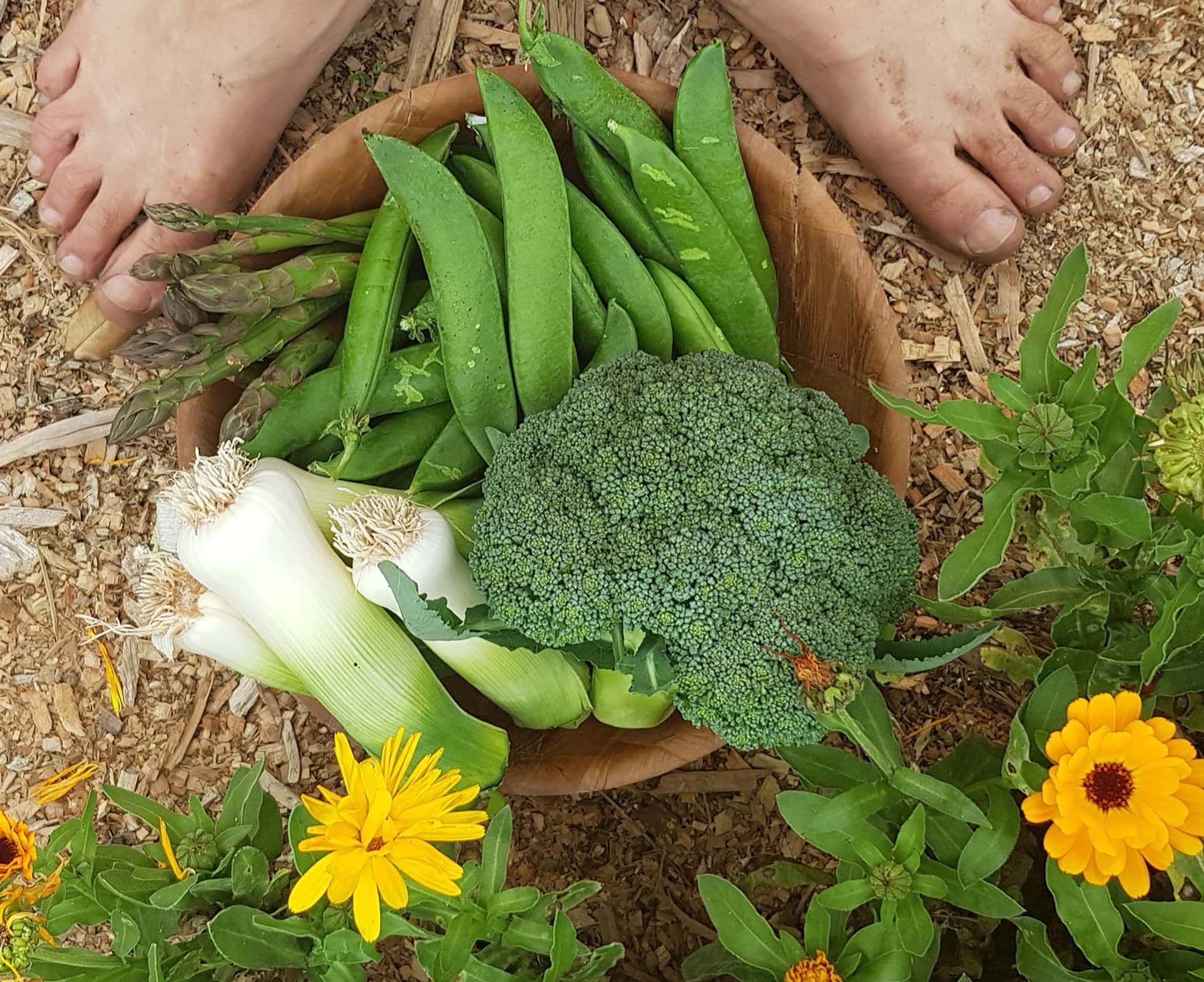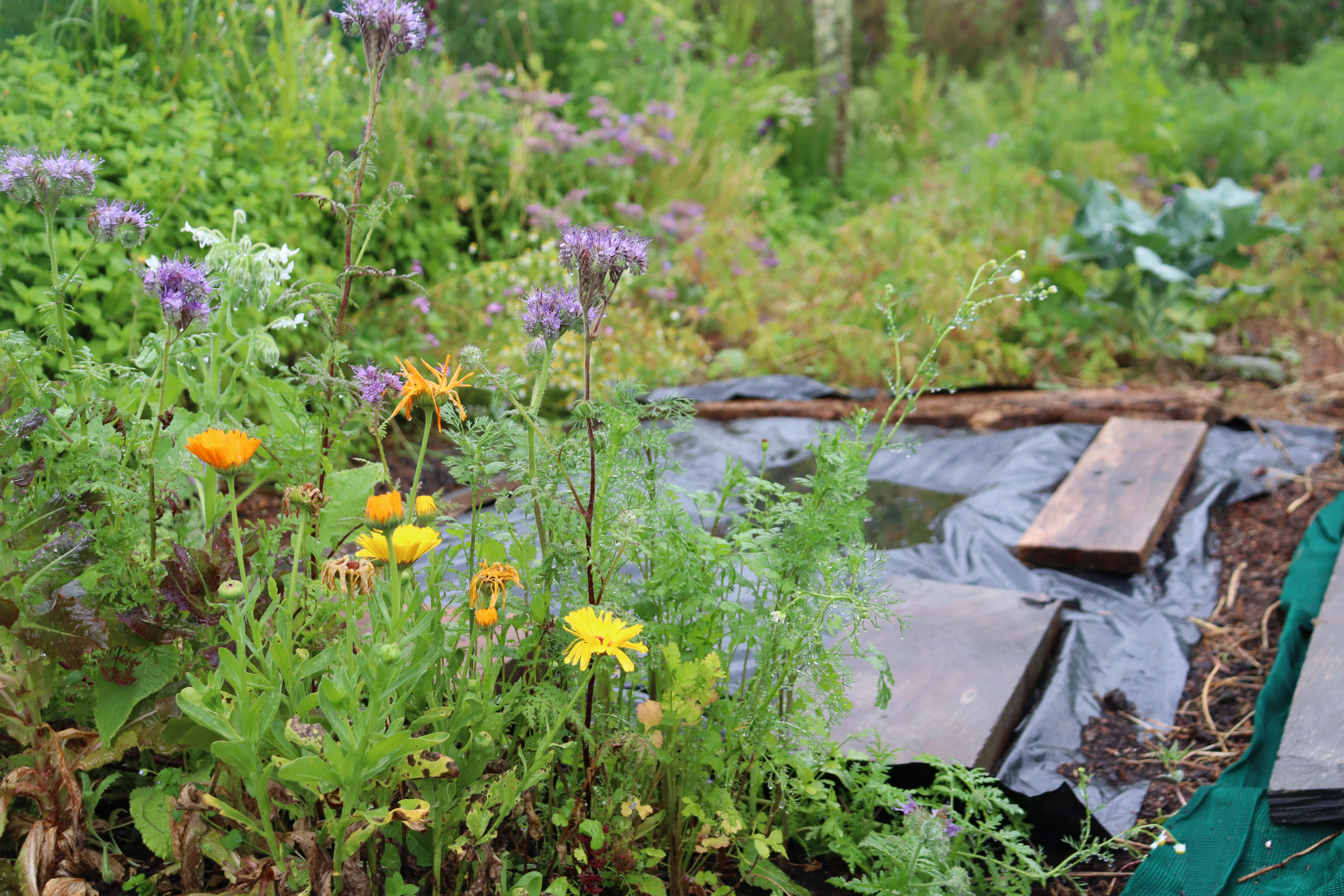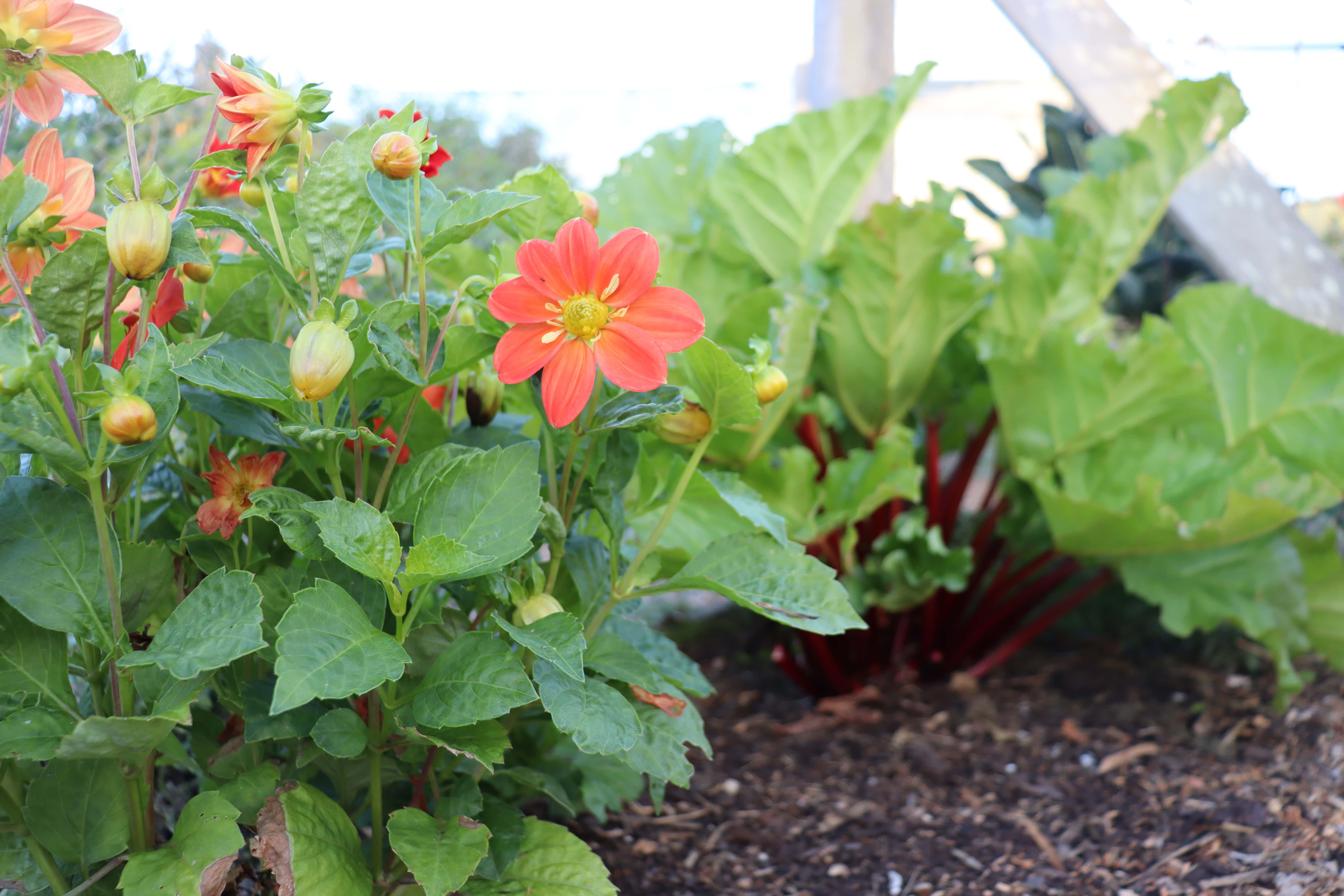September In The Vegie Patch + Greenhouse


Septembers plate is refreshingly green: saladings, celery, parsley, leeks, cress, silverbeet, kale, nettle, broccoli shoots for Africa, the last of the cabbage and - joy oh joy the first of the peas and asparagus. There's so much cool stuff to do in the garden right now, so much prettiness, you want to be out there every spare moment.
In the Vegie Patch
Check in with your soil. This is the most important job, each month. Smell it, feel it and count the worms. Take its temperature. Align all your crop choices with their preferred soil warmth - particularly important in spring.
Put a concentrated effort into eating overwintering rootcrops still in the ground. As weather warms they'll gear up to seed getting a hard core up the centre or they'll start to crack and split and grow a seed stalk. Get them up before they go past their best and along the way, make room for new stuff.
Sow

Direct Sow
- Carrots, parsnip, radish, daikon, mizuna, rocket, dill
- Calendula, cornflower, poppy, nasturtium, borage and sweetpeas
Tray Sow
- Saladings, silverbeet, kale, broccoli, cabbage, peas, parsley, chives, spring onions, red onions, brown onions and shallots
- Set up a heatpad for tomato, chilli, pepper, basil and aubergine, zucchini, cucumber, melon, squash, pumpkin, dwarf beans and climbing beans
Direct or Tray Sow
- Beetroot, spinach, saladings, bok choy, broadbeans, coriander
- Snapdragon, aquilegia, viola, wallflower, larkspur, hollyhock, cleome, marigold, zinnia, alyssum, cosmos
Transplant
- Celery, broccoli, cabbage, bok choy, kale, silverbeet, parsley, saladings, red onions, brown onions, spring onions, potatoes, peas
- Zucchini, cucumber, melon, dwarf beans, climbing beans, soya beans, basil, marigold, tomatoes, chillies, aubergines, basil and peppers in the greenhouse, or outside as soon as the soil hits 20 °C
Asparagus + Potatoes

Asparagus is popping up and soon to be part of dinner. If you've yet to weed or mulch the bed, be ever so careful - the spears break off with the slightest knock.
Fast growing potatoes like Liseta, Rocket or Swift or even Cliffs Kidney, planted now will be ready to harvest for the Christmas table. Best present ever! Plant them into buckets, sacks or a pile of organic matter if your soils are still cold and wet.
Slugs + Snails

Spring is all about mollusc prevention in my neck of the woods. I don't mulch new seedlings at this time of year to help reduce slug damage as well as popping out at night for a slug and snail hunt - which is the very best way of all.
Toss any you find into a bucket of salty or limey water. Or collect them in a bucket, put a lid on and tip them into the chookyard in the morning. Keep on the job at this time of year, essential to prevent them annihilating your newly planted/ newly germinating seedlings.
Prepare the ground

Sort any weedy spots in your garden this month so the ground is ready to plant next month.
Do it the easy way and grab a bit of plastic, lay it on top of the weeds and weight it down. You could also use card and mulch or just thick mulch. Forget about it for a while and when you return all the weeds will have melted into the soil in the most nourishing of ways. Spread some compost and get ready to sow or plant!
Divide perennials

Divide and plant rhubarb and perennial herbs into any gaps in your perennial borders.
Add a few more every spring, and before you know it, your gardens will be jammed packed, no room for weeds and a continual display of flowers for the bees, the beneficials and you.
In the Greenhouse

Tie strings to overhead wires, ready for planting tomatoes and cucumbers sometime this month. Set up frames for climbing beans.
Plant out companion flowers like alyssum, bishops flower, calendula or borage to entice the bees and beneficial insects in. Get some by the entry and then dot them throughout like a trail of crumbs.
Spread a generous layer of compost over beds, sow greencrops in empty spaces, mulch pathways and get excited!
